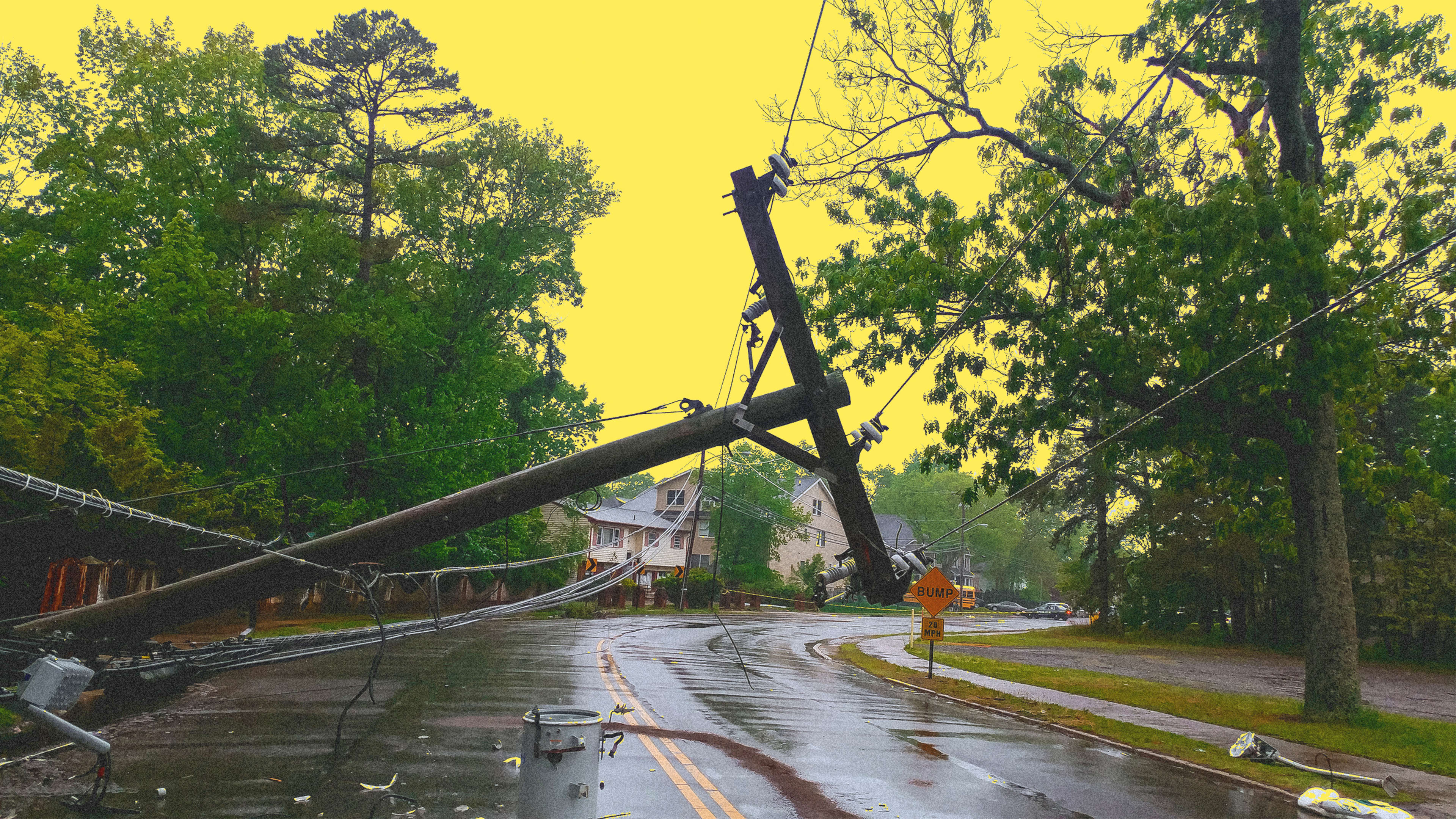After a natural disaster hits, emergency responders can be overwhelmed with how to efficiently render aid. It’s not just the sheer volume of calls—or worse, a deafening silence if the communication grid goes down. There’s confusion about who needs help, where, and how to prioritize those needs to reach people safely.
Solutions to these problems are what IBM’s Call for Code contest is designed to find. The company’s product development challenge, now in its second year, encourages developers, data scientist, and activists to build their own next-generation solutions for natural-disaster response. This year, IBM received more than 5,000 applications from 165 nations. A total of 180,000 entrepreneurs participated in the challenge, which includes various local coding competitions and events to help inspire and build out early brainstorms. Now it has five finalists:
- Aster wants to analyze emergency calls and pull out crucial information to automatically populate a digital map to track where people need aid.
- Healios plans to build a mobile-phone-accessible network of mental healthcare experts so victims of disasters can get on-demand help for the stress that comes after the event.
- Prometeo wants to add sensors to firefighter gear, track first responders’ exposure to smoke or other toxic agents, and recommend ways to mitigate their effects after.
- Rove maps victim needs against a map overlaid with real-time satellite imagery to help responders avoid damaged buildings and closed roads as they deliver aid.
- Sparrow is a new kind of medical platform, aggregating all types of victim information, medical records, and status updates in one place so victims can share everything easily with doctors.
The winner, which will be announced in October, will receive $200,000 from IBM and work with IBM and the Linux Foundation to build an open-sourced prototype. They will also gain access to IBM’s Code and Response initiative, which provides more funding and pro-bono assistance from the company’s Corporate Service Corps program.
IBM launched Call for Code in 2018, as part of a $30 million effort to bring technological innovation to places in the world that didn’t usually see the benefits. Code and Response is part of an additional $25 million initiative to help scale those ideas more quickly. The 2018 winner, Project Owl, designed easily deployable hexagonal rubber balls that can be airdropped over disaster zones. Each houses a miniature Wi-Fi relay that can sync up with the others to create a makeshift mobile network.
“From the outset of Call for Code in 2018 we sought applications that could be sustained as open source projects and make a positive and lasting impact on the world,” says Daniel Krook, chief technology officer of IBM’s Code and Response initiative, in an email to Fast Company. “By highlighting these applications, we hope to draw attention to the ways that technology, and the developers that wield it, can have a positive impact in their own communities.”
Recognize your brand’s excellence by applying to this year’s Brands That Matter Awards before the early-rate deadline, May 3.
